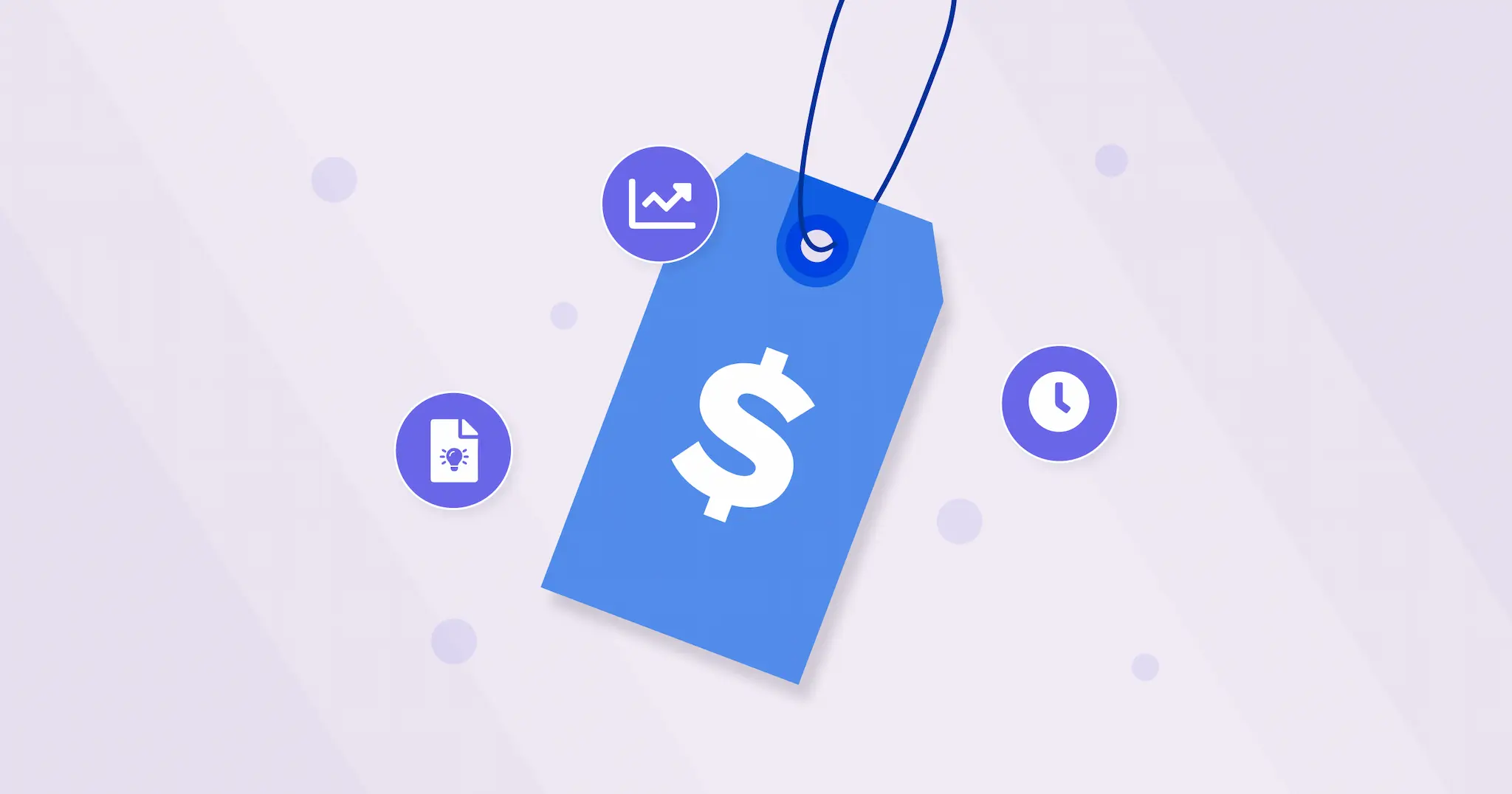Businesses selling on Amazon need expert assistance to navigate the platform’s complexities. An Amazon agency can provide invaluable support, but understanding the company’s pricing models is crucial for making an informed decision. Amazon agencies’ most common pricing model is the percentage of sales model. Under this structure, the agency charges a percentage of your Amazon sales as their fee. This model aligns the agency’s success with yours, as they are vested in increasing your sales.
The flat fee can vary widely depending on the scope of services, ranging from a few hundred to several thousand dollars per month. This model can benefit businesses with steady or high sales volumes, as the fee remains constant regardless of revenue increases. However, the services in the flat fee package must align with your specific needs, and you can adjust the package as your requirements evolve.
Hybrid model
Many Amazon agencies employ a hybrid pricing model, combining elements of both percentage-based and flat fee structures. This approach often involves a lower base fee plus a smaller percentage of sales. The hybrid model aims to provide a balanced solution that offers cost while incentivizing the agency to drive sales growth. For example, an agency might charge a monthly base fee of $500 plus 3% of sales. This structure can appeal to businesses as it is a middle ground between the previous models.
Project-based pricing
Amazon agencies offer project-based pricing for businesses seeking specific, one-time services rather than ongoing management. This model involves a set fee for completing a particular task or project, such as initial account setup, product listing optimization, or a time-limited campaign. Project-based pricing is an excellent option for businesses with specific, short-term needs that want to test an agency’s services before committing to long-term partnershioffersIt for more flexibility and is more cost-effective for companies that require continuous support.
Performance-based pricing
Some agencies adopt a performance-based pricing model, where fees are tied directly to specific outcomes or key performance indicators (KPIs). For instance, an agency might charge based on improvements in sales rank, increases in conversion rates, or reductions in advertising cost of sale (ACoS). This model is attractive as it directly links for online visit myamazonguy.com for amazon agency payment to results. However, it requires a clear definition and agreement on performance metrics and involves more complex fee calculations.
Tiered pricing
Tiered pricing models offer different levels of service at various price points. This structure allows businesses to choose a package that fits their needs and budget. As the company grows or requires more comprehensive services, it moves to higher tiers. This model provides flexibility and scalability, making it suitable for businesses at different stages of growth. However, it’s essential to carefully review what’s included in each tier to ensure you’re getting the services you need without paying for unnecessary extras.
Choosing the suitable pricing model
Selecting the appropriate pricing model for your Amazon agency partnership depends on various factors, including your business size, sales volume, specific needs, and growth goals. It’s crucial to carefully evaluate each option and consider which the best fit for your long-term strategy is.
When discussing pricing with potential agencies, don’t hesitate to ask for detailed breakdowns of services included, any additional fees, and how the pricing structure might change as your business grows. Some agencies may be open to customizing their pricing model to suit your unique situation better.




